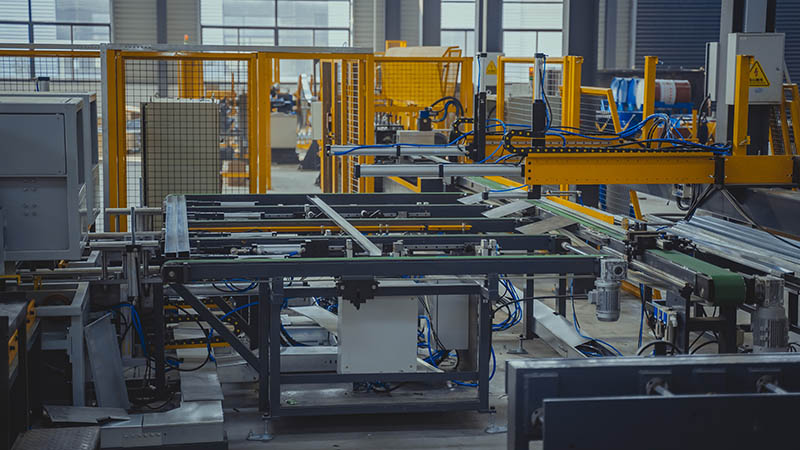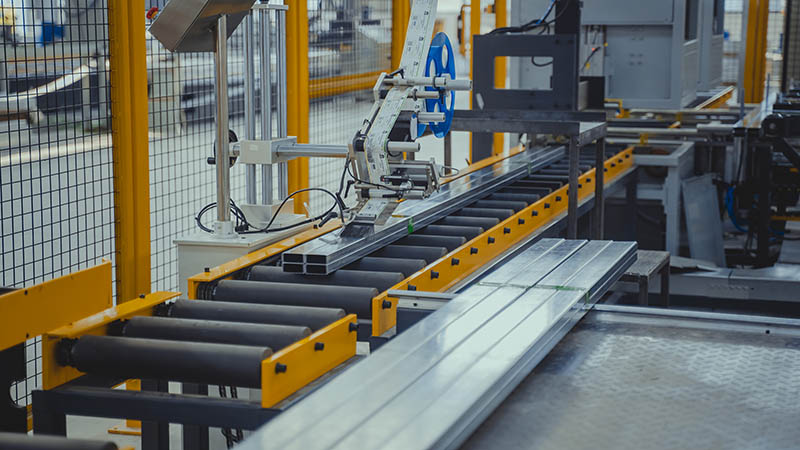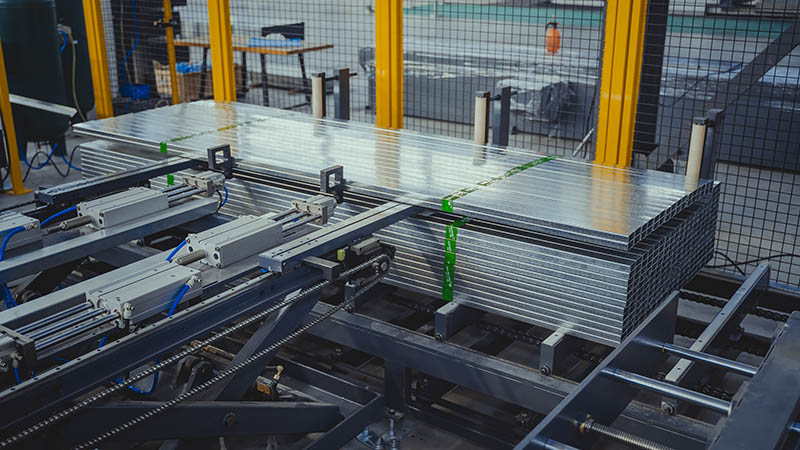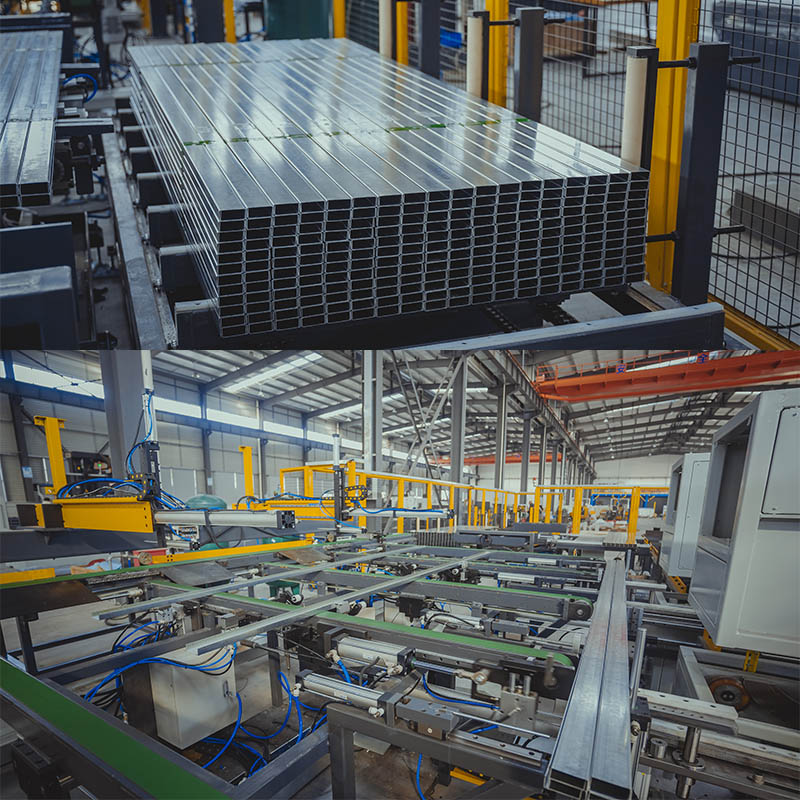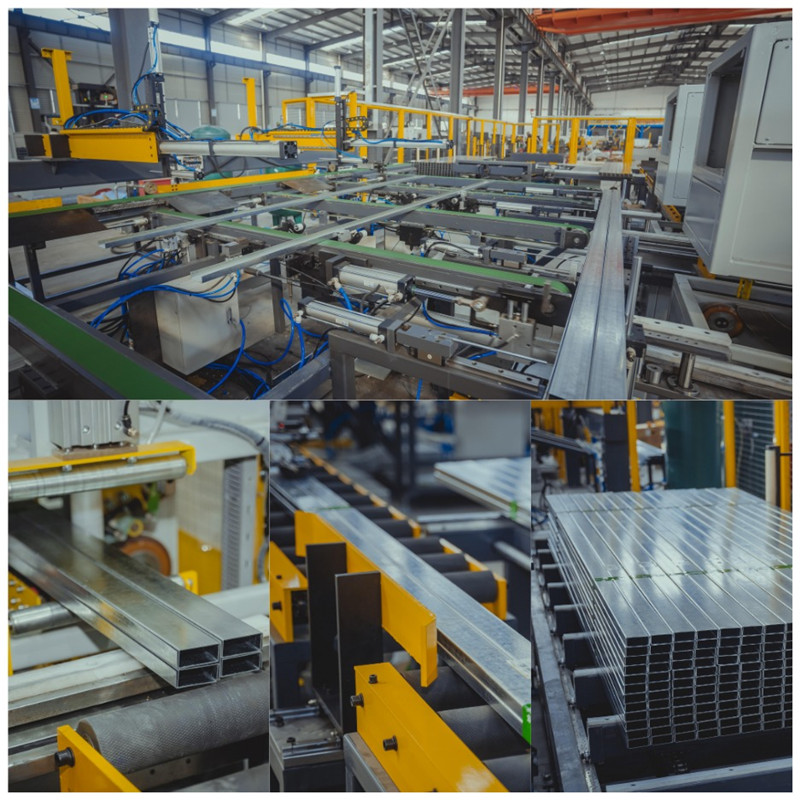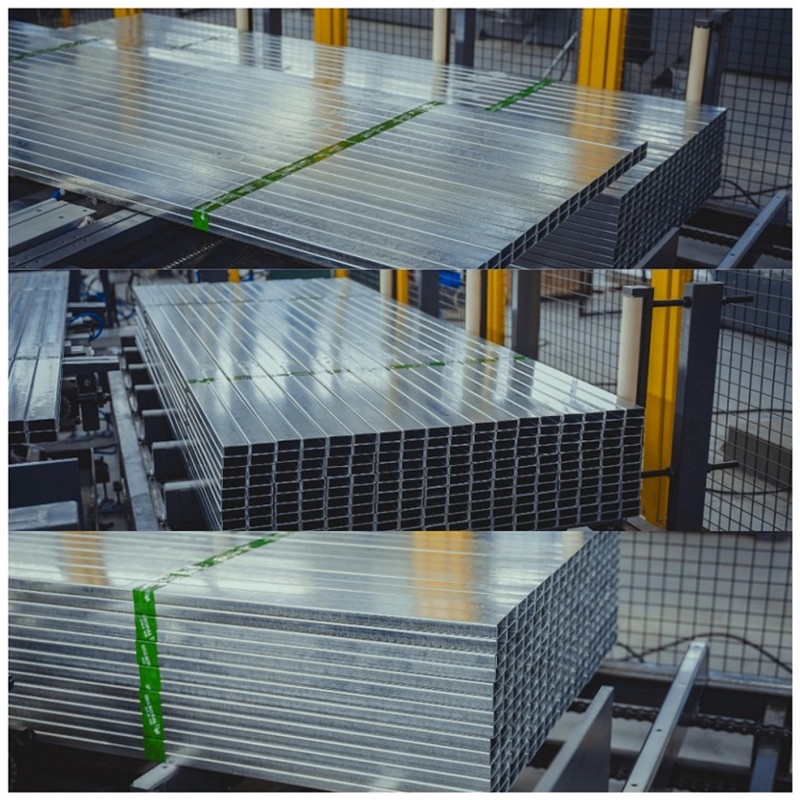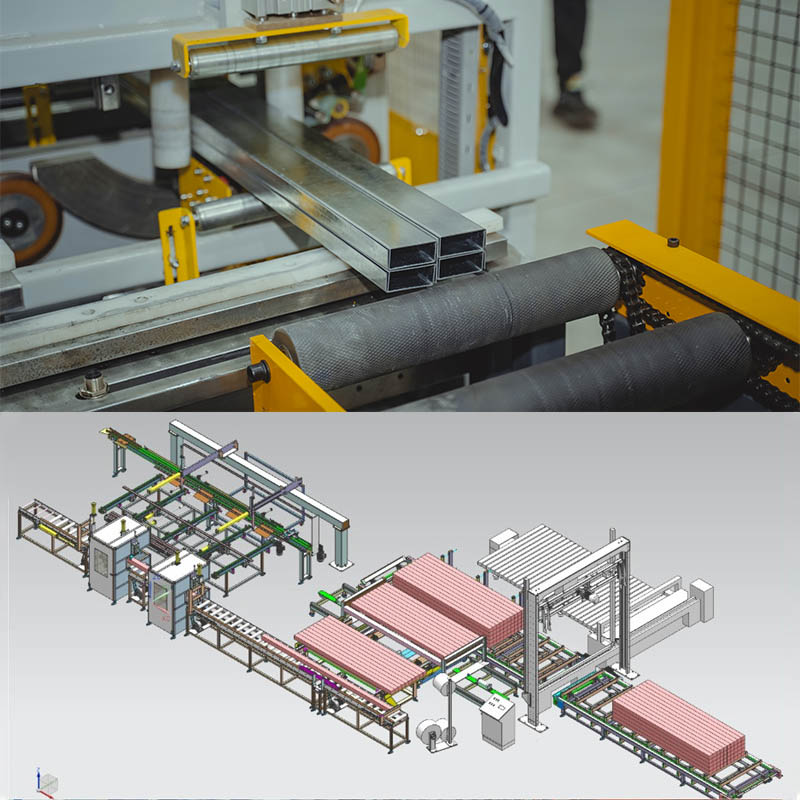Quality automatic packing roll forming machine
Manufacturers use packing system machines in their production lines to optimize and automate the packaging process. These machines play a crucial role in ensuring that products are properly packaged for storage or shipment. Packing system machines come in different types, including filling machines, sealing machines, labeling machines, wrapping machines, palletizing machines, and cartoning machines. Filling machines fill containers with liquid or granular products, while sealing machines use heat or adhesive to seal packaging materials such as bags, pouches, or cartons. Labeling machines apply labels onto products or packaging materials, whereas wrapping machines wrap products with protective materials like plastic film, paper, or foil. Palletizing machines stack and arrange products onto pallets for more efficient storage and transportation, while cartoning machines assemble and pack products into cartons for storage or shipping purposes. Overall, packing system machines are essential equipment in the manufacturing and packaging process of different products, improving efficiency, and reducing waste in the supply chain process.
A packing system machine is an automated equipment that facilitates the process of packaging and filling products. It can handle different types of materials, such as powders, granules, liquids, and solids, and can be customized to suit specific packaging requirements. The machine comprises a conveyor system that moves the product towards the filling station where it is measured and dispensed into the packaging material. After filling, the package moves towards the sealing station where it is sealed and labeled. Packing system machines are designed to operate at high speeds, thereby increasing productivity and reducing labor costs. They find applications in various industries, including food processing, pharmaceuticals, cosmetics, and consumer goods manufacturing. The machine ensures consistent and accurate packaging of products, enhancing the overall quality of the packaged products.
